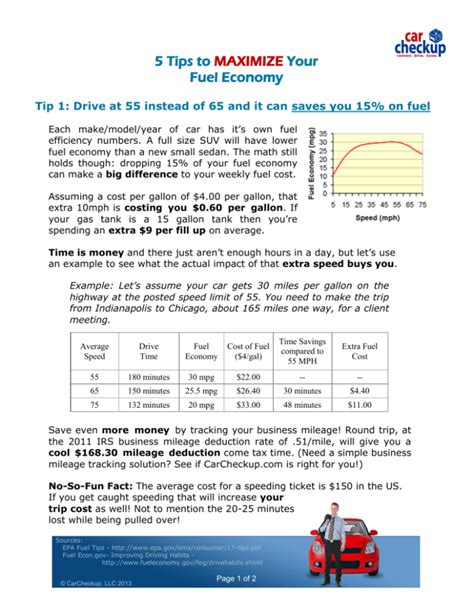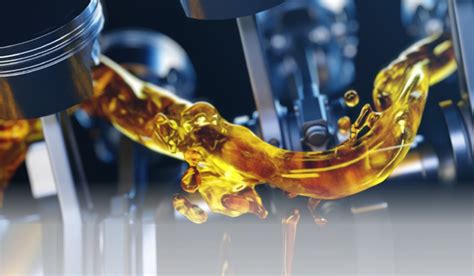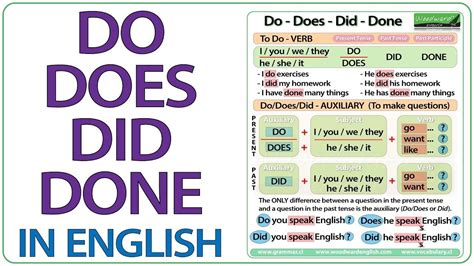Decoding the Fuel Dilemma: Premium vs. Regular
For many drivers, pulling up to the gas pump presents an immediate question: standard regular or the pricier premium? This isn’t just about a few cents per gallon; it’s a debate steeped in myths, marketing, and genuine mechanical considerations. Understanding the true differences between premium and regular gasoline is crucial for making an informed decision that benefits both your vehicle’s longevity and your financial well-being.
What is Octane Rating and Why Does It Matter?
The primary difference between regular (typically 87 octane) and premium (91 or higher octane) gasoline lies in their octane rating. Octane is a measure of a fuel’s resistance to pre-ignition, also known as “knocking” or “pinging.” In an engine, fuel and air are compressed before being ignited by the spark plug. If the fuel ignites prematurely due to high compression or heat, it creates an uncontrolled explosion that works against the piston’s upward motion. This knocking can cause significant engine damage over time.

Higher octane fuel is more stable and less prone to spontaneous combustion under pressure. It’s designed to burn more slowly and controllably, allowing the spark plug to ignite it precisely when intended, especially in engines with higher compression ratios or forced induction (turbochargers, superchargers).
Regular Gas: The Standard Choice (87 Octane)
Most vehicles on the road today are designed to run perfectly fine on regular 87-octane gasoline. Their engines have compression ratios and ignition timings optimized for this fuel type. Using regular gas in these vehicles will not harm the engine, reduce performance, or decrease fuel efficiency. Modern cars are equipped with knock sensors that can detect pre-ignition and adjust engine timing to prevent damage, even if you accidentally use a lower octane than recommended. However, consistently using fuel below the manufacturer’s recommendation can lead to reduced efficiency and potentially long-term wear.
Premium Gas: When Is It Necessary? (91+ Octane)
Premium gasoline is formulated for specific types of engines. These typically include:
- High-Compression Engines: Many sports cars, luxury vehicles, and performance models have engines designed with higher compression ratios to extract more power.
- Forced Induction Engines: Vehicles with turbochargers or superchargers compress the air going into the engine, which increases heat and pressure, making higher octane fuel necessary to prevent knock.
If your car’s owner’s manual requires premium fuel, then using it is non-negotiable for optimal performance and engine health. If it recommends premium, you might be able to get by with regular, but you may experience a slight drop in performance or fuel economy, as the engine’s computer adjusts to prevent knock.
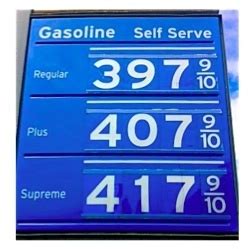
The Performance Myth: Will Premium Make My Car Faster?
A common misconception is that premium gas will somehow boost the performance of an engine not designed for it. This is largely untrue. If your car’s engine is designed for 87 octane, it won’t gain horsepower, accelerate faster, or run more smoothly by using 91 or 93 octane. The engine’s computer is programmed to maximize performance with its intended fuel. Pouring higher octane fuel into such an engine is simply wasting money, as the engine cannot utilize the fuel’s higher knock resistance.
Engine Health and Cleanliness: A Premium Advantage?
Some drivers believe premium fuel offers better cleaning additives or superior engine protection. While all gasoline sold in the U.S. contains detergents to prevent carbon buildup, Top Tier Detergent Gasoline (a standard endorsed by several automakers) provides enhanced cleaning additives, regardless of octane level. So, choosing a Top Tier regular gas often provides more benefits in terms of engine cleanliness than a non-Top Tier premium fuel. The octane level itself does not directly correlate with better cleaning properties or engine wear protection.
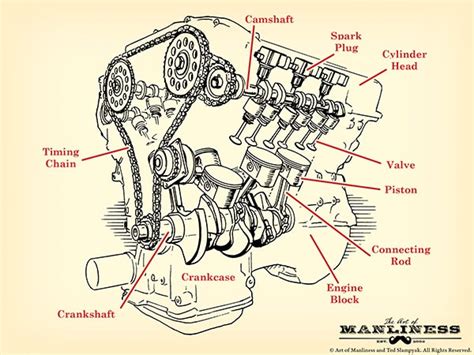
The Wallet Factor: Calculating the Cost
The price difference between regular and premium gasoline can range from $0.20 to $0.70 per gallon or more. While this might seem minor on a single fill-up, it adds up significantly over time. For example, if you fill a 15-gallon tank weekly and premium costs $0.50 more per gallon, you’re spending an extra $7.50 per week, totaling $390 per year. For a vehicle that doesn’t require premium, this is money literally going up in smoke.

The Golden Rule: Consult Your Owner’s Manual
The most reliable guide for your vehicle’s fuel requirements is its owner’s manual. Look for a section on fuel recommendations. It will clearly state whether your car requires or recommends a specific octane level. Adhering to these guidelines is the best way to ensure your engine runs efficiently, performs as intended, and avoids unnecessary wear or costs.
Conclusion: Fueling Smart for Your Ride and Budget
For the vast majority of drivers, sticking with regular 87-octane gasoline is the smartest choice. It’s more affordable, and your engine is designed to run optimally on it. Only if your owner’s manual explicitly requires premium fuel should you opt for the higher octane. For vehicles that merely recommend premium, you can often use regular without issue, though monitoring for any performance changes is wise. By understanding the science behind octane and trusting your manufacturer’s specifications, you can make the right fuel decision for your engine’s health and your wallet’s happiness.



